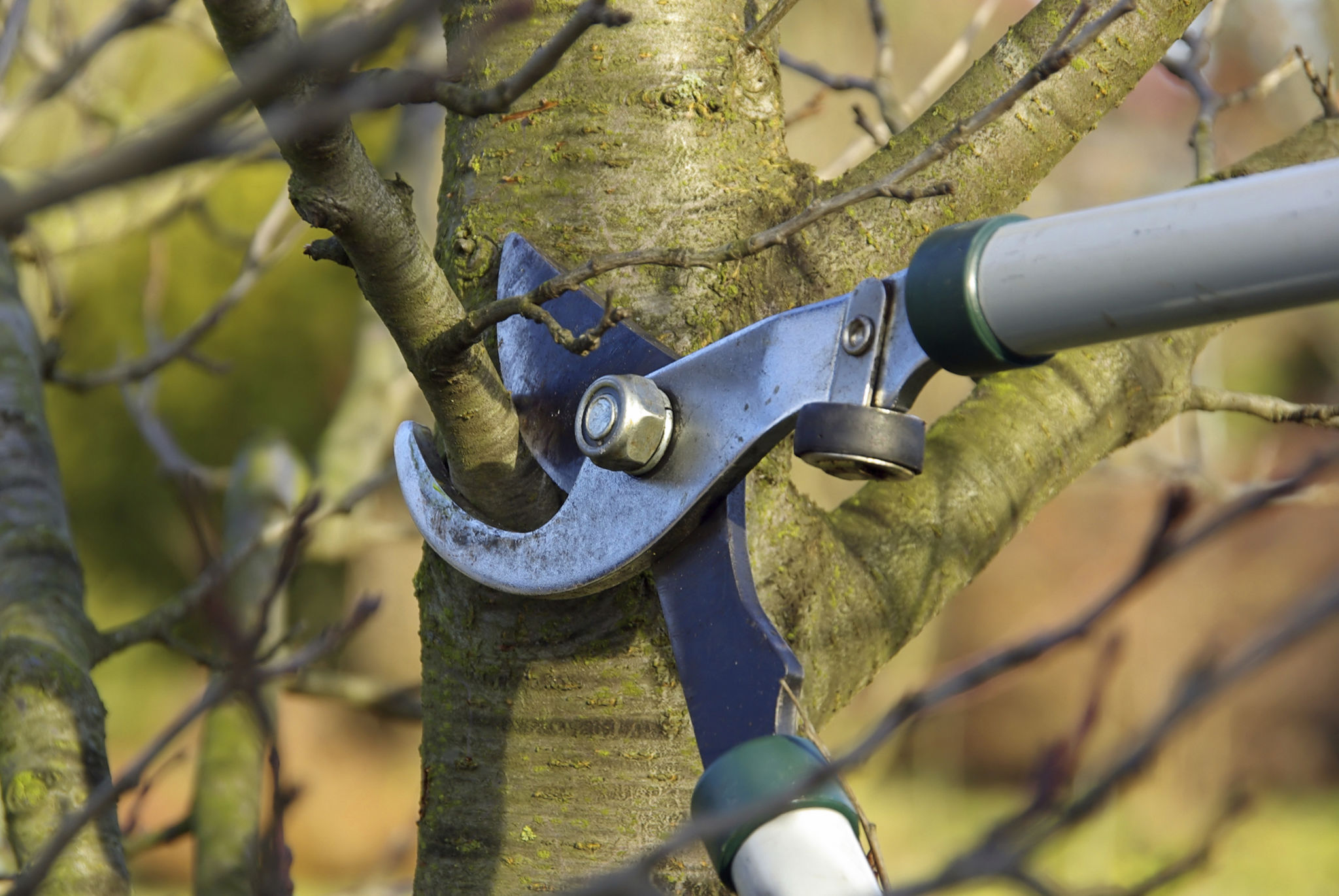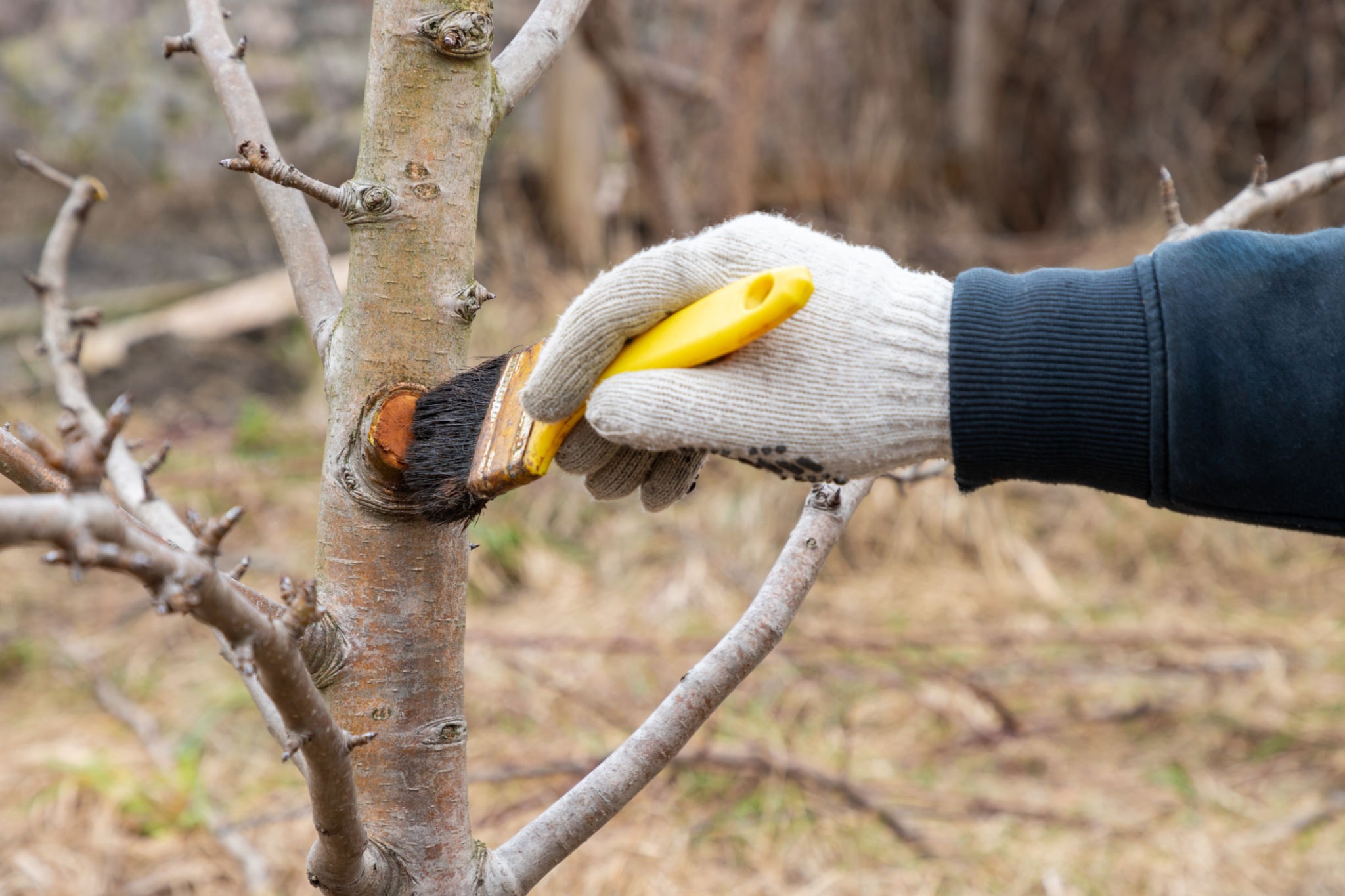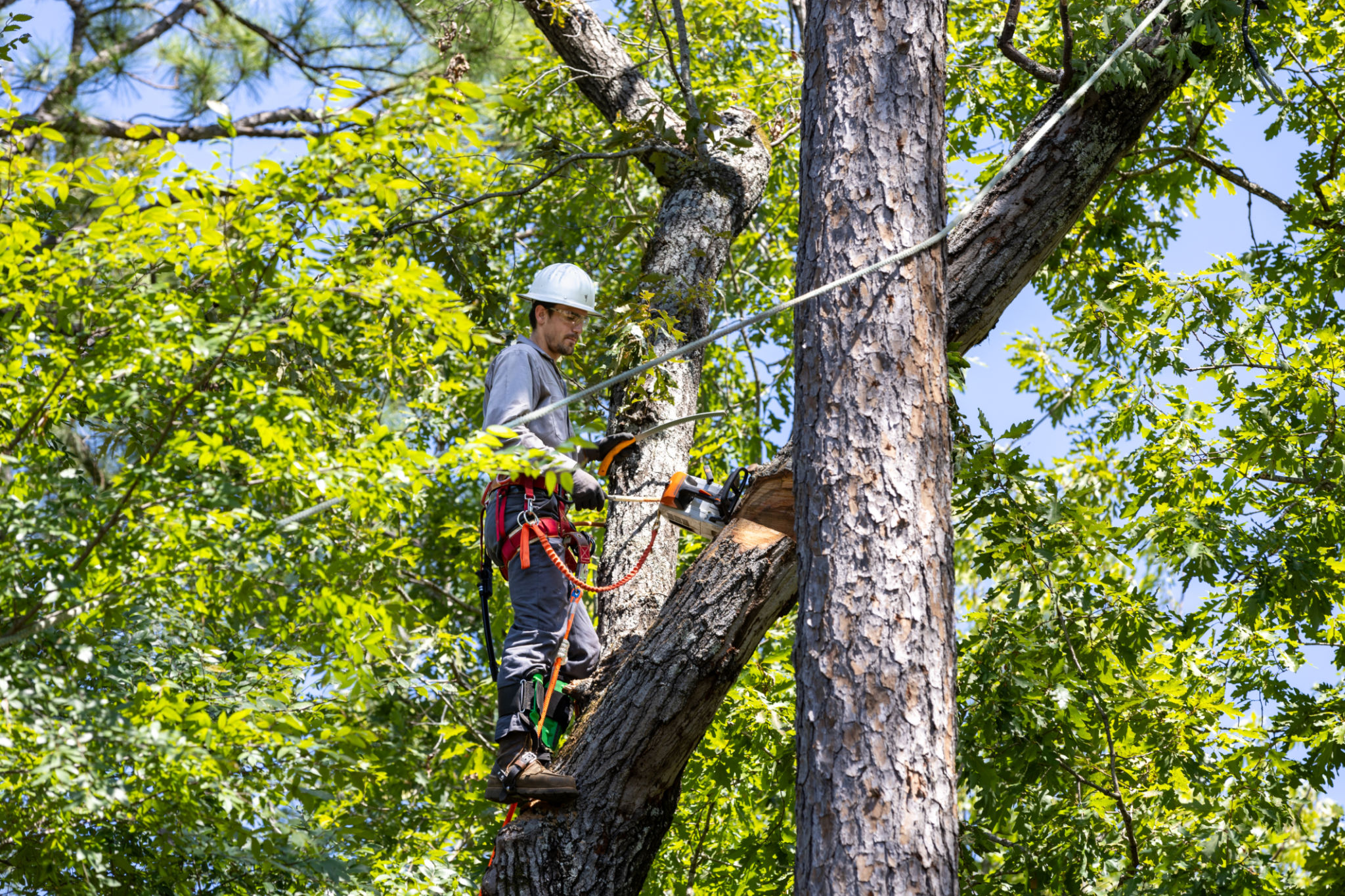DIY Tree Pruning: What You Need to Know Before You Start
Understanding Tree Pruning
Tree pruning is an essential practice for maintaining the health and appearance of your trees. By removing dead or overgrown branches, you can promote new growth and prevent potential hazards. Whether you're looking to enhance your garden's aesthetic or ensure your tree's longevity, understanding the basics of tree pruning is crucial before you start.

Why Prune Your Trees?
Pruning serves multiple purposes. It helps in shaping trees, removing deadwood, and reducing risks associated with falling branches. Additionally, pruning can also improve air circulation and sun exposure for the foliage, which are critical factors in maintaining a tree's health. Regular pruning can also prevent diseases by eliminating infected branches before they spread to the rest of the tree.
When to Prune Trees
The timing of tree pruning depends largely on the species of tree and the desired outcome. Generally, late winter or early spring is the best time for most trees, as this is when they are dormant and less likely to suffer from pruning shock. However, flowering trees might require specific timing to avoid removing buds that will become blossoms.

Essential Tools for Tree Pruning
Before you begin, ensure you have the right tools for the job. Here’s a basic list:
- Pruning shears: Ideal for small branches and twigs.
- Loppers: Useful for thicker branches.
- Pruning saw: Necessary for larger branches.
- Pole pruner: Helps reach higher branches without a ladder.
- Safety gear: Gloves and goggles to protect yourself during the process.
Pruning Techniques
There are several techniques to keep in mind when pruning:
- Thinning: Removing select branches to allow light and air through the canopy.
- Raising: Removing lower branches to clear space under the tree.
- Reduction: Cutting back branches to reduce the size of the tree without altering its shape dramatically.

Common Mistakes to Avoid
While DIY tree pruning can be rewarding, it's important to avoid common mistakes that can damage your trees. Over-pruning is a frequent error that can lead to stress and disease. Ensure you never remove more than 25% of a tree's foliage in a single session. Also, avoid leaving stubs by making clean cuts close to the branch collar.
When to Call a Professional
Although many pruning tasks can be done by the average homeowner, certain situations require professional help. If a tree has large branches near power lines or if you're dealing with a large or mature tree, it's best to contact an arborist. They have the expertise and equipment to deal with complex and potentially dangerous pruning scenarios safely.

By understanding the fundamentals of tree pruning and taking necessary precautions, you can keep your trees healthy and beautiful. Whether you're doing it yourself or hiring a professional, proper pruning ensures your trees continue to thrive and contribute positively to your landscape.
